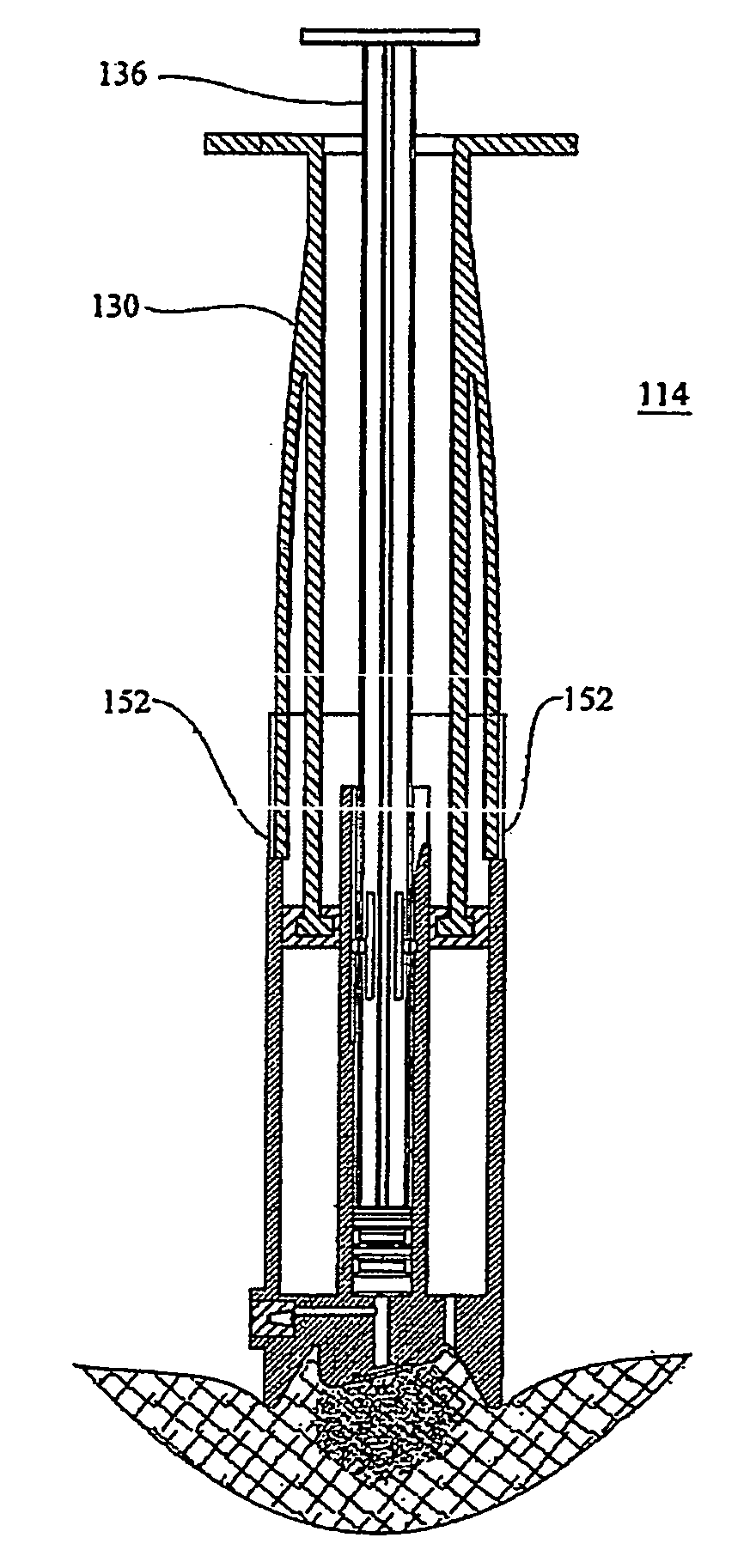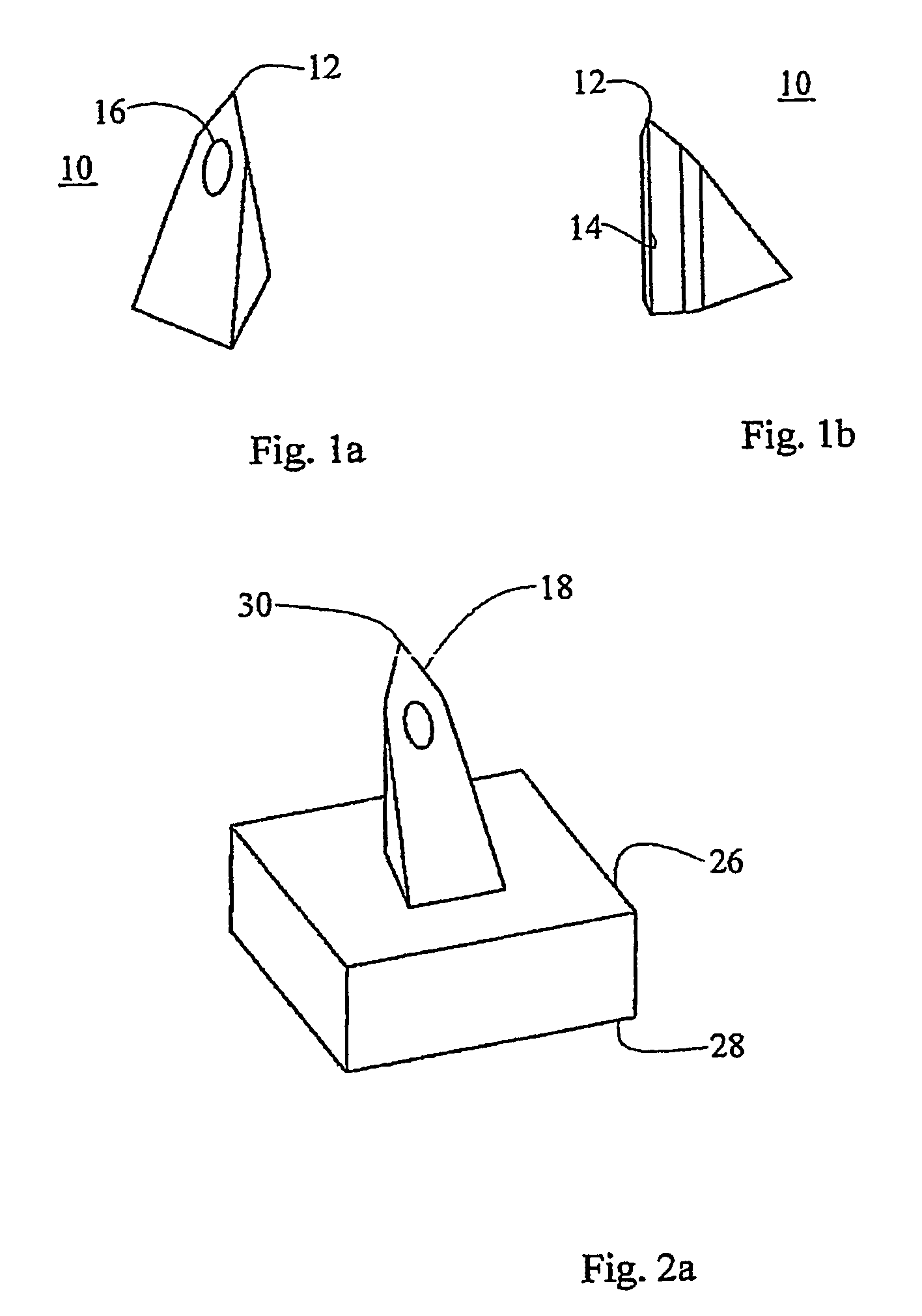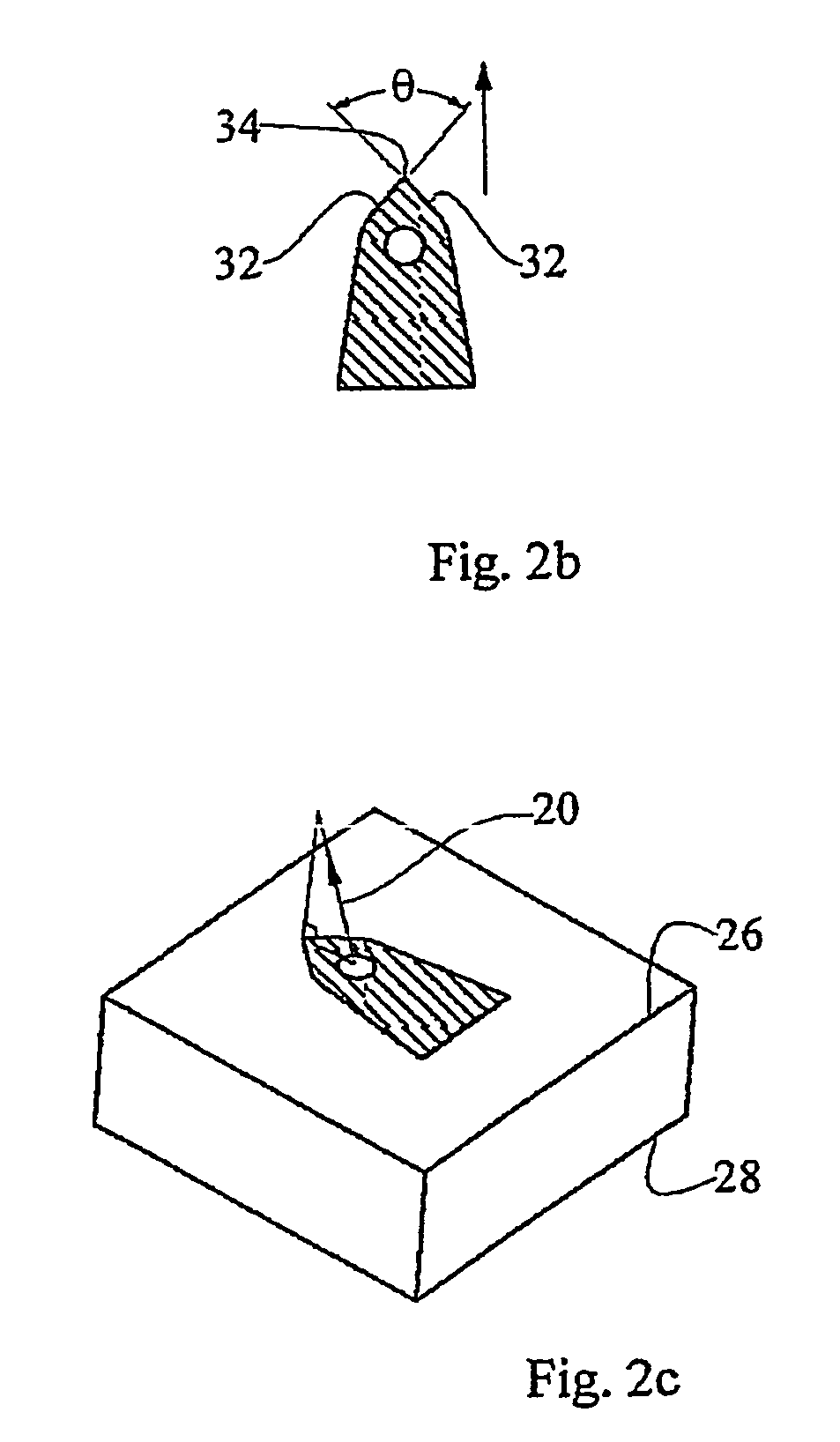Enhanced penetration system and method for sliding microneedles
a sliding microneedle and penetration system technology, applied in the field of microneedles, can solve the problems of inability to reliably penetrate the biological barrier, limit or prevent the functionality of the patch, and overcome the molecular size limitations characteristic of the conventional transdermal patch, so as to prevent the negative pressure within the suction cup
- Summary
- Abstract
- Description
- Claims
- Application Information
AI Technical Summary
Benefits of technology
Problems solved by technology
Method used
Image
Examples
Embodiment Construction
[0085]The present invention is a microneedle device and method of operation thereof.
[0086]The principles and operation of a microneedle device according to the present invention may be better understood with reference to the drawings and the accompanying description.
[0087]As described hereinabove, WO 03 / 074102, co-assigned with the present application, teaches improved microneedle penetration devices using directional insertion, preferably using asymmetric microneedles, to enhance penetration of the biological barrier. It is explained in the aforementioned publication that the flexibility of the skin is particularly pronounced under out-of-plane deformations, allowing the skin to be locally depressed so as to conform to the external shape of the microneedles without allowing proper penetration. This effect seriously impedes, or even prevents, fluid transfer via the microneedles. However, the directional insertion device includes generating a displacement of the microneedle substrate...
PUM
 Login to View More
Login to View More Abstract
Description
Claims
Application Information
 Login to View More
Login to View More - R&D
- Intellectual Property
- Life Sciences
- Materials
- Tech Scout
- Unparalleled Data Quality
- Higher Quality Content
- 60% Fewer Hallucinations
Browse by: Latest US Patents, China's latest patents, Technical Efficacy Thesaurus, Application Domain, Technology Topic, Popular Technical Reports.
© 2025 PatSnap. All rights reserved.Legal|Privacy policy|Modern Slavery Act Transparency Statement|Sitemap|About US| Contact US: help@patsnap.com



